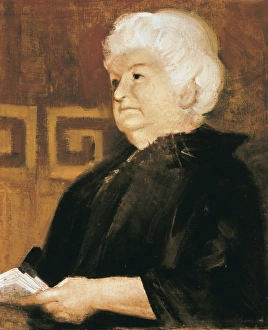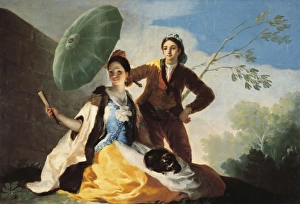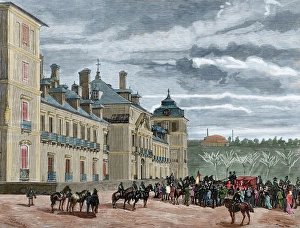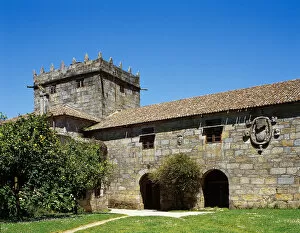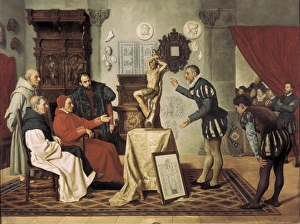Pardo Collection
"Pardo: A Spanish Iconic Figure and Literary Genius" Pardo, a name that resonates with the rich cultural heritage of Spain
All Professionally Made to Order for Quick Shipping
"Pardo: A Spanish Iconic Figure and Literary Genius" Pardo, a name that resonates with the rich cultural heritage of Spain. It brings to mind the remarkable Emilia Pardo Bazan, a renowned Spanish writer whose literary prowess captivated readers for generations. Born in 1851 and leaving an indelible mark until her passing in 1921, Pardo Bazan's works continue to inspire and enlighten. In the realm of art, we cannot overlook Francisco de Goya y Lucientes, a masterful painter who graced us with his extraordinary talent during the late 18th and early 19th centuries. His brushstrokes immortalized history through captivating portraits and thought-provoking scenes. Moving on to significant historical events, one cannot forget the solemn occasion of Francisco Franco's funeral. This event marked an end to an era that shaped Spain's destiny. Meanwhile, King Alfonso XIII of Spain embarked on thrilling hunting expeditions alongside Prince Arthur of Connaught—an emblematic image capturing regal camaraderie amidst nature's beauty. Emilia Pardo Bazan herself was not only a gifted writer but also an influential figure at just thirty years old—a testament to her prodigious talent. Her Galician roots further enriched her writing style, making her voice distinctively unique. Literary gatherings were commonplace during this period as intellectuals like Maria Guerrero convened at F. Diaz de Mendoza's home in 1914—an atmosphere brimming with ideas and intellectual exchange that fueled creativity. The royal palace of El Pardo stands as another symbol associated with "Pardo. " Its ceiling paintings showcase exquisite craftsmanship while its dressing table whispers tales from bygone eras—a glimpse into royalty's opulent lifestyle. Venturing beyond literature and art lies the enchanting Pazo de Figueroa or Fefinanes—a place where history intertwines with natural beauty—inviting visitors into its timeless embrace.

